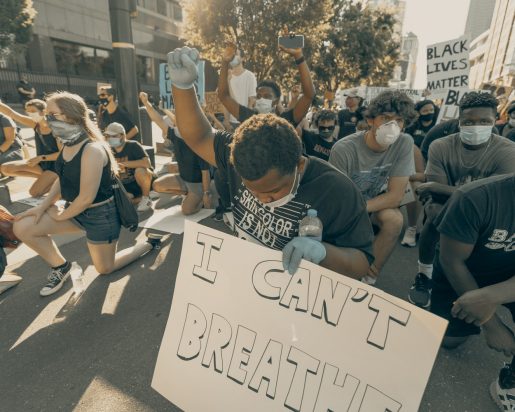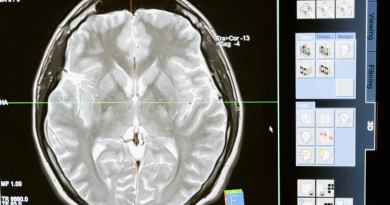Racism: Not a pandemic, but a chronic disease
It’s more than just semantics that irks me when people talk about racism as a pandemic. A pandemic implies an outbreak. A disease that is fleeting and may be new or has seasons, such as the flu.
Racism is not that. Racism is not new. It’s unceasing with no treatment or vaccine in sight. A more appropriate diagnosis would be racism as a chronic disease, like cancer or diabetes. But this particular chronic disease does not destruct the body of the individual who is infected. Instead, in America, its effects are felt throughout the entire African American community and are not only physical, but also emotional and social.

Racism has been around for centuries, and its health impacts are still ubiquitous in the United States. For example, in public health classes, a popular case to talk about is Cancer Alley in Louisiana. The nickname was donned in 1987 when residents on one street in St Gabriel, La., primarily African American and low income, noticed an abundance of cancer cases within their community. “Cancer Alley” became the new name for Jacobs Drive.
It’s also made recent news that “Cancer Alley” has a high rate of COVID-19. The rate of COVID-19 deaths is the fourth highest in Louisiana and five times higher than the overall U.S. death rate. This should not come as a surprise, since the pandemic is having a disparate impact on African American communities across the country.
The New York Times reported a list of neighborhoods in New York with the highest rates of COVID-19. The highest rate was reported in Starrett City of East Brooklyn, where the population is 52.8% black, with 24.7% living in poverty in 2017. Once again, COVID-19 is not the only health issue faced by Starrett City residents. Thirty-one percent of adults are obese and 18% are diabetic.
Starrett City has four times the rate of obesity compared to cities like Stuyvesant and Turtle Bay, and it has the highest diabetes rate in New York City. Unfortunately, in this neighborhood residents are also more likely to face preventable deaths. Death rates due to homicide and HIV are more than twice the citywide rates at 13.2% compared to 5.7%.
The main correlation between these health issues and these communities is not ambiguous. It’s clear and it’s visible — it’s race. You don’t have to believe me; you can read the CDC report on African American Health in the United States.
As for recommendations to improve the health of these communities, the CDC suggests collecting poverty data and high school graduation rates, supporting healthy food environments, and increasing physical activities in these underserved communities. While these recommendations are helpful, they are working more on the symptoms rather than the primary cause of these problems being racism.
In 1965, Nina Simone recorded “Feeling Good” for her 1965 album. Her words “it’s a new dawn, it’s a new day, and a new life for me” were written in response to the signing of the Civil Rights Act. And yet, while this was a pivotal, hopeful moment, so much more change is needed.
So, instead of focusing on racism as a pandemic, I urge us to see it as a chronic disease. A disease that we must destroy the root of in order to find a cure, which may in fact take years. We must not stop the momentum behind these calls for justice. Although it may be difficult to cure all, it may be possible to treat and lessen the suffering of many.
-By Haley Jackson Manley, research assistant in the Center for Medical Ethics and Health Policy at Baylor College of Medicine



